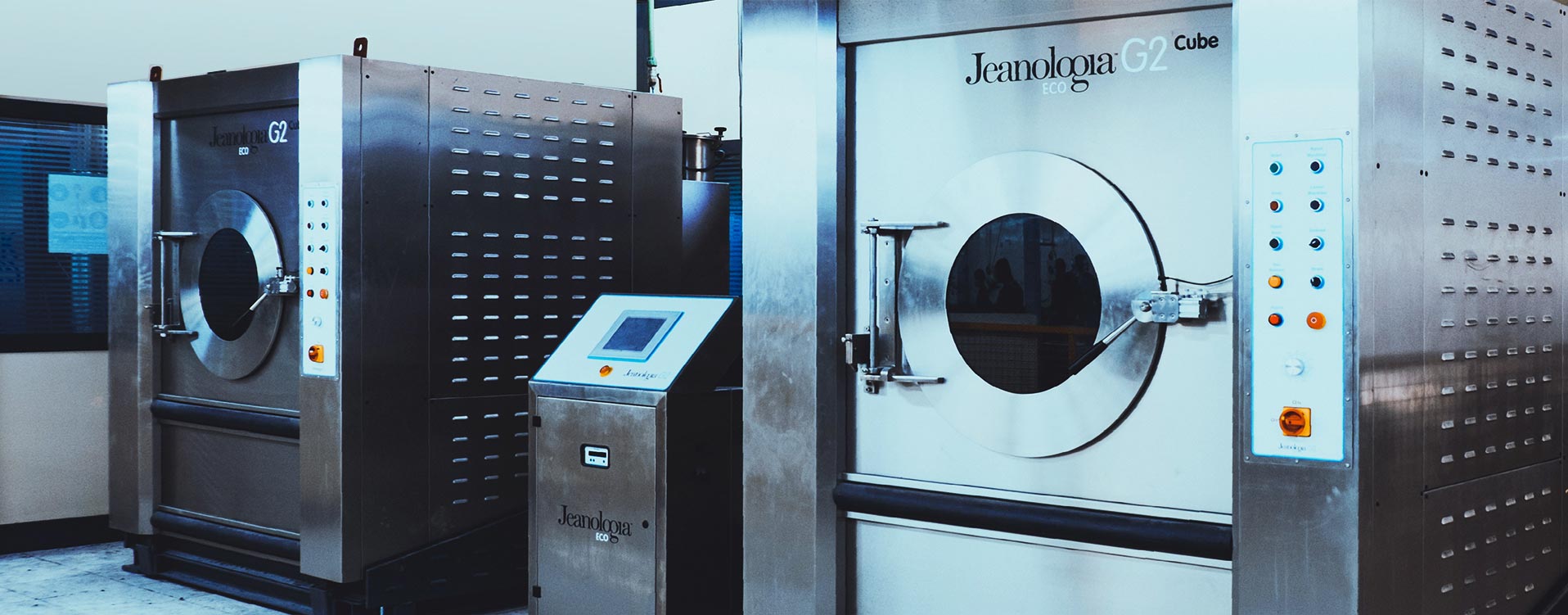
Water
WATERLESS
Jeans are largely made up of cotton, which require large quantities of water to grow. More than 2,000 liters are typically needed to produce enough cotton to make a single pair of jeans.
The other half comes from the laundromat — about 50 percent of the water used during the life of a pair of jeans comes from consumers washing them.
Promoting sustainable cotton
Cotton is one of the most important natural fibers in the world, but its production poses several environmental and social sustainability problems. In addition to being water-intensive, the cotton sector also processes around ten percent of all agricultural chemicals used worldwide. On the social front, there are issues of high costs and low incomes for farmers.
In 2009, BCI created the Better Cotton Standard System — a holistic approach to sustainable cotton production which covers the environmental, social and economic components of sustainability.
According to BCI’s website, the system is “designed to ensure the exchange of good practices, and to encourage the scaling up of collective action to establish Better Cotton as a sustainable mainstream commodity.”
Through these efforts, Lotus is working only with mills that use BCI to minimize the negative social and environmental impacts of the cotton that reaches our facilities.
Reducing water impacts during production
The waterless process developed by LS&CO approaches the decisions made in the design process in a different way, reducing the amount of water used in the finishing process. For instance, by simply removing water from stone washes or combining multiple wet cycle processes, we can significantly reduce water usage — up to 96 percent for some styles. At the same time, we still deliver the same great look and feel that you know and love.
WATER
Since 71% of the earth is covered in water, most people can’t help but wonder — why should we conserve it?
What we know about the bodies of water on this planet boils down to the following:
- 97% of all the water on earth is saltwater, which is not suitable for drinking
- Only 3% of all the water is freshwater, and only 1% is available for drinking
- 2% of the available freshwater sources is locked in ice caps and glaciers
- With growing population rates and such a small percentage of all the water on earth drinkable, it only makes sense that we must preserve and conserve this precious resource
- Water conservation means using our limited water supply wisely and caring for it properly. Since each of us depends on water to sustain life, it is our responsibility to learn more about water conservation and how we can help keep our sources pure and safe for generations to come
- That’s why at Lotus Garments Group we have adopted the following strategy:
- Assess current water use through water audit
- Educate employees and set up a water conservation program
- Undertake operational changes to reduce water consumption
- Carry out an inspection program for piping and hoses
- Assess current water use through water audit
Consumptions & Targets
- Water Comsuptions
The 2017 water consumption report showed that we reduced water use by 24% compared to the level in 2015.
in 2020 we set the baseline to 2019 due to the new washing facility we build.
WASTE WATER
- We are all aware of the fact that the amount of naturally available water which is fit to be consumed by humans is decreasing day by day. In such a scenario, treatment is the best option to preserve the element that is so important for life on the planet. It is vital that the reserve water is stored in proper conditions so that it can be preserved for future use.
- On that note, Lotus Garments Group took the initiative and built five industrial wastewater treatment plants on site.
- Besides daily quality tests, our internal team also monitors effluent. ZDHC analyses are carried out twice a year and the results published.
